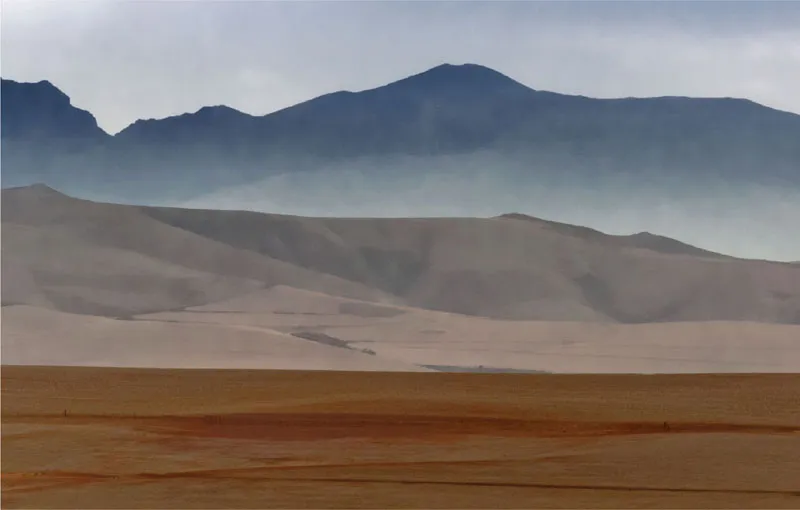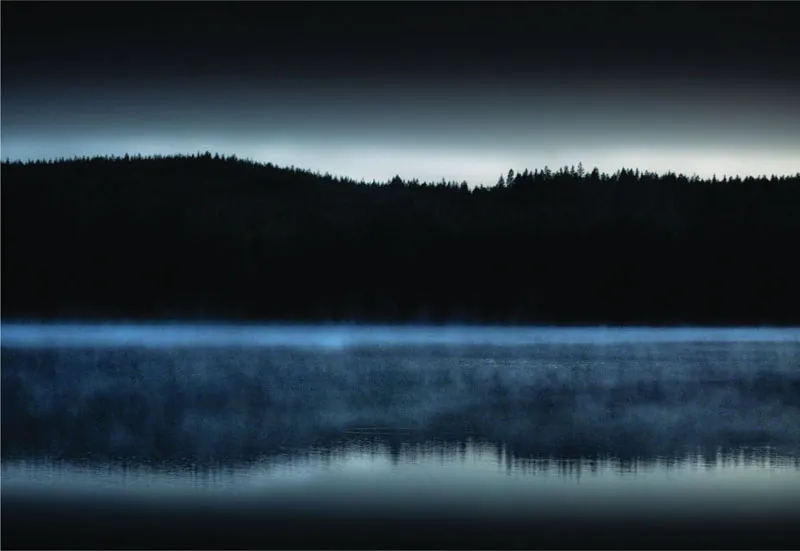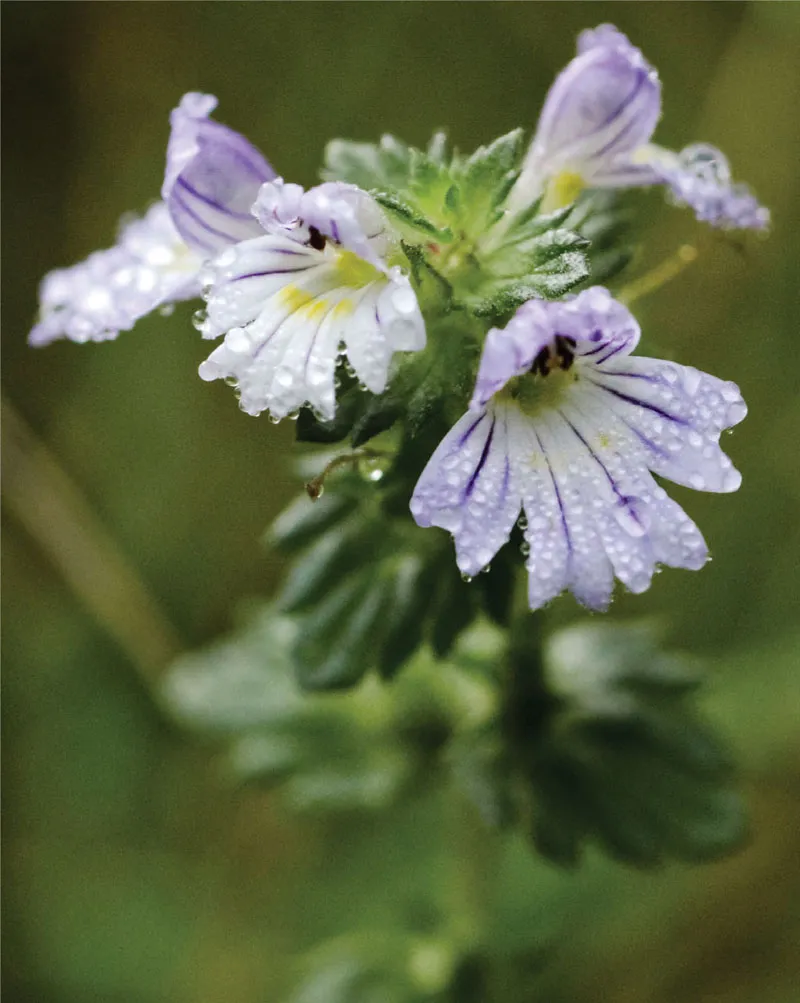![]()
Chapter 1
Your Camera
If you have a desire to shoot and create interesting photographs then you are a good part of the way there. When you set out to take a photograph you should go by instinct and react to a scene; you should not need to worry about the right settings or lenses or whatever. Once you have the passion along with a camera you really enjoy using, and you know its menu system and have set it up to your liking, then it is all about using it as much as possible.
Knowing how to change your camera setting should be second nature to you. Modern digital cameras have different menus, and access to different camera functions through menus. When did you last read your instruction manual? Have you ever read it? Do you know your camera’s chip characteristics, what settings give you the best results for different situations? Do you know which of your lenses will give you the best result for a given situation? Do you know how well your lenses perform at a given aperture, how sharp they are at full aperture and when they are fully stopped down? Do you know your camera’s ISO performance limits and the way to get the best images you can from it?
You should strive for 100 per cent creative control, and free your mind to concentrate on creating the most imaginative photography you can achieve. You should be able to shoot without stress, without worry, without hassle.
WHICH CAMERA?
With so many brands and models to choose from, with so much information, how do you know what camera to buy?
To begin with, do you have a good idea of what you want to accomplish with your photography – personal satisfaction, relaxation, hobby or professional aspirations?
What style of photography do you want to concentrate on – landscape, macro, natural history, ecological, wild animals or birds, artistic or general nature?
What do you want the final product to be – a digital file that you show on a large screen, a digital file for publishing, a print or your own book of photographs?
If you have a camera in mind go and see if you can try it out first before you buy it. The camera may have the specifications you want, but are the economics right for you? Find out what cameras are available that will most closely match your budget and have the features and specifications you need. Narrow your search down, then arrange to try them out. Does the camera feel right?
Using a long lens and an aerial perspective draws the distant mountains closer.
DSLR v Compact
Why would you want a DSLR (digital single-lens reflex) when compact digital cameras are so much smaller, lighter and more affordable? The answer is versatility and image quality. Versatility, in that you can change lenses and add a wide range of accessories, from flashguns and remote controls, to the more specialized equipment that allows DSLRs to capture anything. It also about the creative versatility offered by the more advanced controls and higher-quality components. The quality difference between a good compact and a DSLR is minimal; both will produce sharp, colourful results with little effort. But when you start shooting in low light, capture fast-moving action or wildlife, or when you want to experiment, the advantage of a DSLR’s larger sensor and higher sensitivity starts to make a big difference. A DSLR cannot beat a compact camera for convenience, but for serious photography the DSLR wins hands down.
Types of DSLR
At the end of the day most cameras today will produce pictures that will be perfectly acceptable, but each brand has its own characteristics, and it is the one that you prefer using which is always the best.
Some are more suitable than others for particular photography. Generally the larger the chip size the higher the final quality. DSLR sensors fit into one of three sizes: Full Frame, APS-C and Four Thirds Sensor. The crop factor, as the sensor gets smaller, captures a smaller area of the scene. The result is a photograph that looks like it was taken at a longer focal length (1.5× or 1.6× longer for APS-C, 2× longer for Four Thirds).
Macro shot of flowers in a woodland setting.
If you are buying a DSLR to replace a film camera and you have got a kit bag full of lenses you need to be aware that unless you buy a Full Frame model all your lenses will produce very different results. For telephoto users the result is quite a bonus, as all your lenses will effectively get longer. But the wide-angle lenses will not produce a ‘wide’ field of view. So you may be forced to change some of your lenses to digital versions. APS-C is the most common format, used in Canon, Nikon, Pentax and Sony DLSR models. With a crop factor of 1.5× or 1.6× you need digital lenses to get true wide-angle results.
Four Thirds is a digital format developed by Olympus and used in Olympus and Panasonic DSLR models. Four Thirds is not based on any film SLR system and uses unique lens mounts, with the lenses in the system designed only for digital. Four Thirds offers compact camera bodies and lenses. But the smaller sensor means that they produce slightly noisier results in low light and at higher ISO sensitivities.
Full Frame DSLRs have the biggest, brightest viewfinders and because there is no crop factor they are often chosen by photographers who are upgrading from a film SLR and already own expensive wide-angle lenses. Also the larger sensor will produce the best results in very low light and at higher sensitivities. Full Frame cameras are usually larger and more expensive, but you will also lose the increased focal length offered by smaller sensor cameras when shooting with telephotos.
If you want longer lenses for more wildlife maybe you are better buying a smaller chip to give you longer lens capability or a camera that has a higher than average shooting rate to capture fast-moving subjects. You may want to work on macro subjects. If so you will need a camera that has the best range of macro lenses.
Special Considerations
If you intend to take photographs in low light or with long telephoto lenses, camera movement may be an issue. Image stabilization systems are designed to counteract the motion of camera shake. Each camera manufacturer has a different anti shake solution (such as SteadyShot, Vibration Reduction or OIS), but all are based on one of two different techniques: either by using a small element inside the lens or by the camera moving the sensor itself.
Even entry-level DSLR models focus and shoot faster than any compact. With the more expensive models the focus speed increases, and continuous shooting frame rate increases – important for sports and wildlife photographers. Entry level DSLRs offer a continuous shooting rate of about 2.5 or 3 frames per second but limit the number of shots you can take in a single burst.
If you need faster shooting you will need to move into the semi-professional range where you can expect at least 5 frames per second, although 10 and more frames per second are possible in some models. Together with a larger buffer memory this means that you can shoot more frames in a single burst.
If you are going to do a lot of photography in damp, humid or dusty conditions you will need a DSLR with some kind of weatherproof sealing and with a built-in dust removal system to keep the sensor clean.
If you like to travel light then perhaps one of the new generation of ultra compact lightweight DSLRs may be the answer.
Some DSLRs even have a rear screen that can be angled to offer a better view when getting behind the camera is difficult or when working at a low viewpoint.
Live View is a useful feature when working in a studio. The ability to magnify a portion of the display to check focus is really handy, and the fact you do not need to put your eye to the viewfinder can make shooting from very awkward positions considerably easier – especially useful if working in a tethered situation with the camera attached to a laptop.
With the introduction of Live View to DSLRs, HD movie shooting has appeared. Video-capable DSLRs have already been made popular with both amateur videographers and serious movie makers. The main reason is the big sensor, allowing narrow focus effects, excellent image quality, even in low light, and the versatility to use a huge range of lenses, thus opening up a new world of creative possibilities. Video-enabled DSLRs only have basic manual controls, but all are capable of surprisingly good results.
Camera Bags
A camera bag can go a long way towards protecting a camera and its accessories from dings, scratches, and other damage. There are different types of camera bags, ranging in size from a small case that simply covers the camera to a large bag with many pockets and compartments for camera bodies and accessories. Some are designed to be damage-resilient, waterproof or weather-resistant.
The size of the camera bag purchased d...



